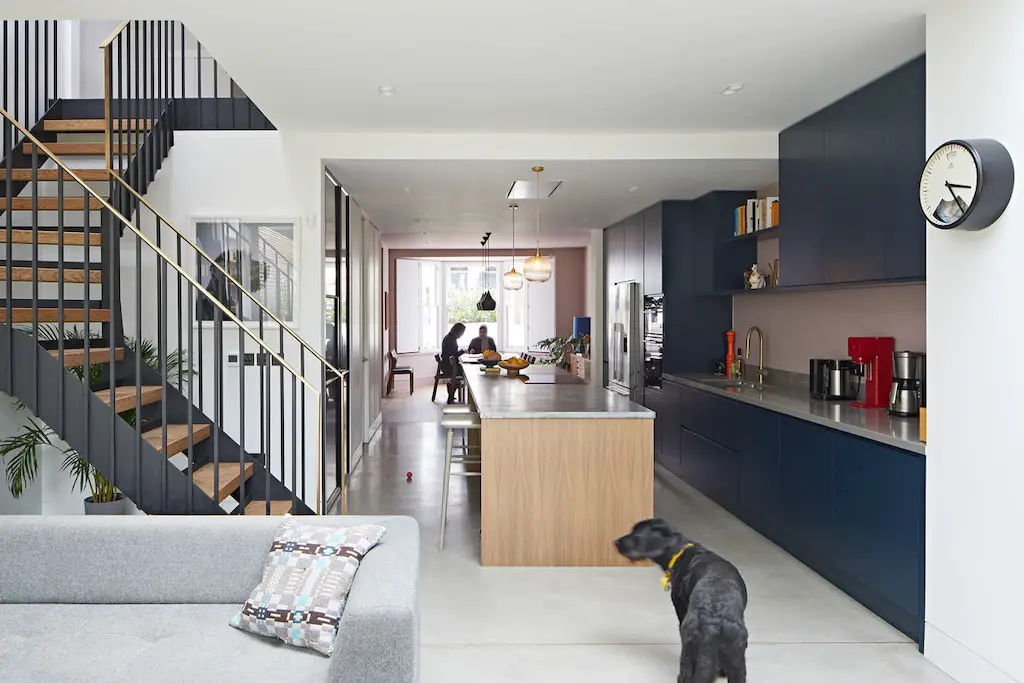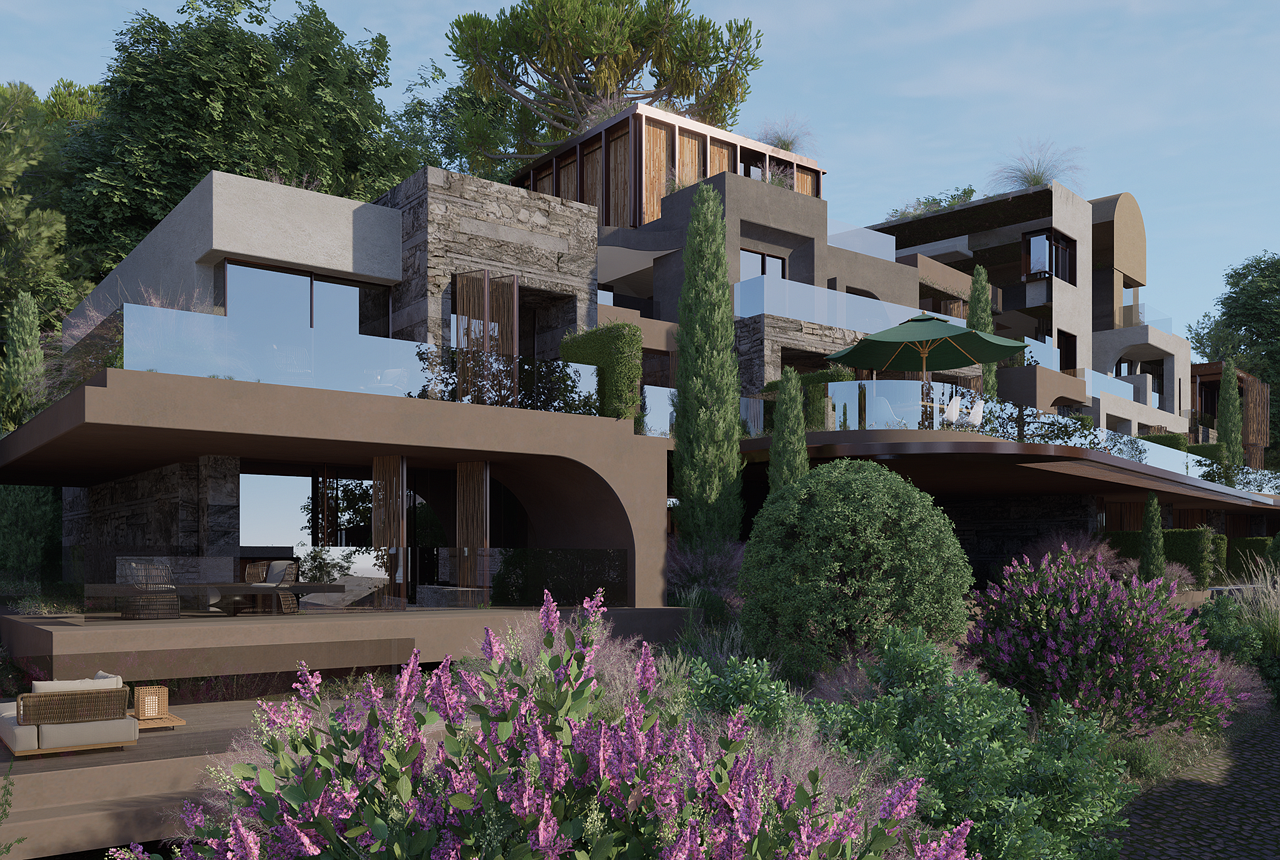Property renovation in London is a significant undertaking that requires a blend of strategic planning, expert craftsmanship, and a keen eye for design. This article provides an in-depth look at the intricacies of property refurbishment in London, guided by insights from a professional in the field. The information presented here is drawn from the extensive experience of a London-based refurbishment contractor, ensuring that you gain valuable and practical knowledge about the process.
The Importance of Professional Property Refurbishment
Refurbishing a property, especially in a city as dynamic as London, goes beyond mere aesthetic improvements. It’s about enhancing the functionality, value, and overall living experience of the property. Whether you own a historic townhouse in Belgravia or a modern apartment in Pimlico, professional refurbishment can transform your space to meet contemporary standards while preserving its unique character.
Enhancing Property Value
One of the primary reasons homeowners invest in property refurbishment is to increase the market value of their homes. London’s real estate market is highly competitive, and properties that are well-maintained and updated often command higher prices. A professional refurbishment can modernize outdated spaces, making them more appealing to potential buyers. This includes everything from updating kitchens and bathrooms to improving energy efficiency through better insulation and modern heating systems.
Improving Living Conditions
Refurbishment is also about improving the quality of life for the residents. A well-executed property renovation in London can make a home more comfortable and functional. This might involve reconfiguring the layout to create more open and versatile spaces, adding modern amenities, or ensuring the property meets current safety and building standards. For instance, a basement conversion can provide additional living space, such as a guest room or a home office, which is increasingly important in today’s work-from-home environment.
Sustainability and Energy Efficiency
Modern refurbishments often focus on sustainability. Incorporating eco-friendly materials and energy-efficient systems can significantly reduce a property’s carbon footprint and utility bills. This can include installing double-glazed windows, energy-efficient lighting, and underfloor heating. Not only does this appeal to environmentally conscious buyers, but it also aligns with London’s broader goals of reducing urban carbon emissions.
Key Aspects of Property Refurbishment
Refurbishing a property involves several critical stages, each requiring meticulous attention to detail. Here are some key aspects to consider:
Initial Assessment and Planning
The first step in any refurbishment project is a thorough assessment of the property. This involves evaluating the current state of the building, identifying any structural issues, and understanding the client’s vision. Planning is crucial at this stage to ensure that all aspects of the refurbishment are aligned with the client’s needs and budget.
Design and Architecture
Good design is at the heart of any successful refurbishment. This includes both the interior and exterior of the property. Interior design should reflect the client’s style and needs, creating a cohesive and aesthetically pleasing environment. Architectural considerations might include adding extensions or loft conversions to maximize space. Working with experienced designers and architects can ensure that the design is both beautiful and functional.
Construction and Execution
Once the design is finalized, the construction phase begins. This involves a wide range of tasks, from structural work like reinforcing foundations and installing beams to more detailed work like plastering and painting. Skilled tradespeople are essential at this stage to ensure that the work is carried out to the highest standards. Regular site inspections and updates keep the project on track and address any issues that arise promptly.
Finishing Touches
The final stage of refurbishment involves the finishing touches that bring everything together. This includes installing fixtures and fittings, finalizing the decor, and ensuring everything is clean and ready for use. Attention to detail is critical here, as the finishing touches often make the most significant difference in the overall look and feel of the property.
Challenges in Property Refurbishment
Refurbishing a property in London comes with its own set of challenges. Understanding these can help in planning and executing a successful project.
Planning Permissions and Regulations
One of the significant hurdles in property refurbishment is navigating the complex web of planning permissions and building regulations. London has strict rules regarding modifications to buildings, especially in conservation areas or listed properties. It’s essential to work with professionals who are familiar with these regulations to avoid costly delays and ensure compliance.
Budget Management
Refurbishments can be expensive, and costs can quickly spiral out of control if not managed carefully. Setting a realistic budget and sticking to it is crucial. This involves detailed cost planning and regular reviews throughout the project. Contingency funds should also be set aside to cover any unexpected expenses.
Finding Skilled Tradespeople
The quality of workmanship can make or break a refurbishment project. Finding skilled and reliable tradespeople can be challenging, especially in a busy market like London. It’s important to vet contractors thoroughly, check references, and ensure they have the necessary qualifications and experience.
Case Studies
Examining successful refurbishment projects can provide valuable insights and inspiration. Here are a few examples of noteworthy refurbishments in London:
Belgravia Townhouse
A historic townhouse in Belgravia underwent a complete refurbishment to restore its former glory while incorporating modern amenities. The project involved careful preservation of original features, such as ornate moldings and fireplaces, while updating the kitchen, bathrooms, and living spaces to contemporary standards. The result was a luxurious home that seamlessly blended the old with the new.
Pimlico Apartment
A dated apartment in Pimlico was transformed into a stylish and functional living space through a comprehensive refurbishment. The project included reconfiguring the layout to create an open-plan living area, installing a state-of-the-art kitchen, and adding energy-efficient lighting and heating systems. The new design maximized the use of space and created a bright, airy atmosphere.
Battersea Conversion
In Battersea, a basement conversion turned unused space into a vibrant family room and home office. The project required significant structural work, including underpinning and waterproofing, to make the basement habitable. The finished space featured custom-built storage solutions, modern furnishings, and ample natural light, making it a valuable addition to the home.
Conclusion
Property refurbishment in London is a complex but rewarding endeavor. With the right approach and the guidance of experienced professionals, it is possible to transform any property into a beautiful, functional, and valuable asset. Whether you are looking to increase your home’s market value, improve your living conditions, or embrace sustainable living, a well-executed refurbishment can make all the difference. By understanding the key aspects, challenges, and benefits of property refurbishment, homeowners can make informed decisions and achieve their renovation goals.











